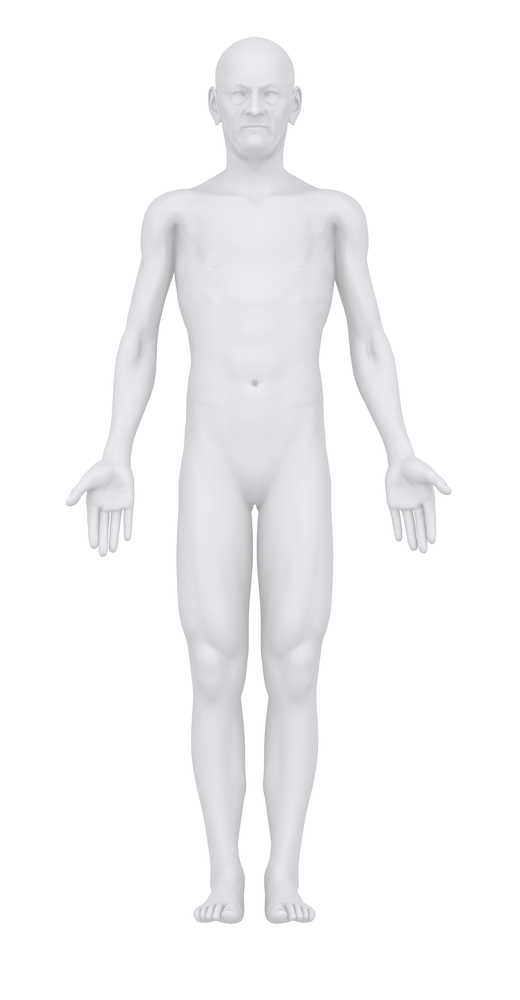 Using Anatomical Terminology allows you to pinpoint directly where something is and allows for more accuracy to be achieved. Consequently, knowing terminology like this can be very useful. An example could be when telling paramedics what has happened and being able to tell them exactly what injuries have been sustained and where. Words like the terms seen below are often major parts of the scientific names of things.
Using Anatomical Terminology allows you to pinpoint directly where something is and allows for more accuracy to be achieved. Consequently, knowing terminology like this can be very useful. An example could be when telling paramedics what has happened and being able to tell them exactly what injuries have been sustained and where. Words like the terms seen below are often major parts of the scientific names of things.
Anatomical Position
The first thing that to understand is that the body has to be set up in the anatomical position for this to work. The recognised anatomical position is to stand with the palms facing the front. Once a person is standing in the anatomical position, you can establish the midline. The midline is the centre-line of the body, cutting from the top of the head, all the way down to between the middle of the feet. As well as this, it the closest line of symmetry you can get with the human body. Knowing that this line of near-symmetry exists allows you to easily identify obvious problems. This could be, for example, a broken bone sticking out at an odd position after an incident such as a car crash.
Terminology
Anterior – In front of.
Posterior – Behind.
Proximal – the nearest point.
Distal – the furthest point away.
Superior – higher up or above.
Inferior – lower down or beneath.
Medial – towards the midline.
Lateral – away from the midline. A
Sub – below/underneath.
-itis – the inflammation of / the swelling of.
-ectomy – the removal of.
For more information on training courses, visit our “Courses” page which also includes our First Responder and First Person on Scene (FPOS) Courses. If you have any queries, don’t hesitate to contact us via our website or call us on 01206 805359.
